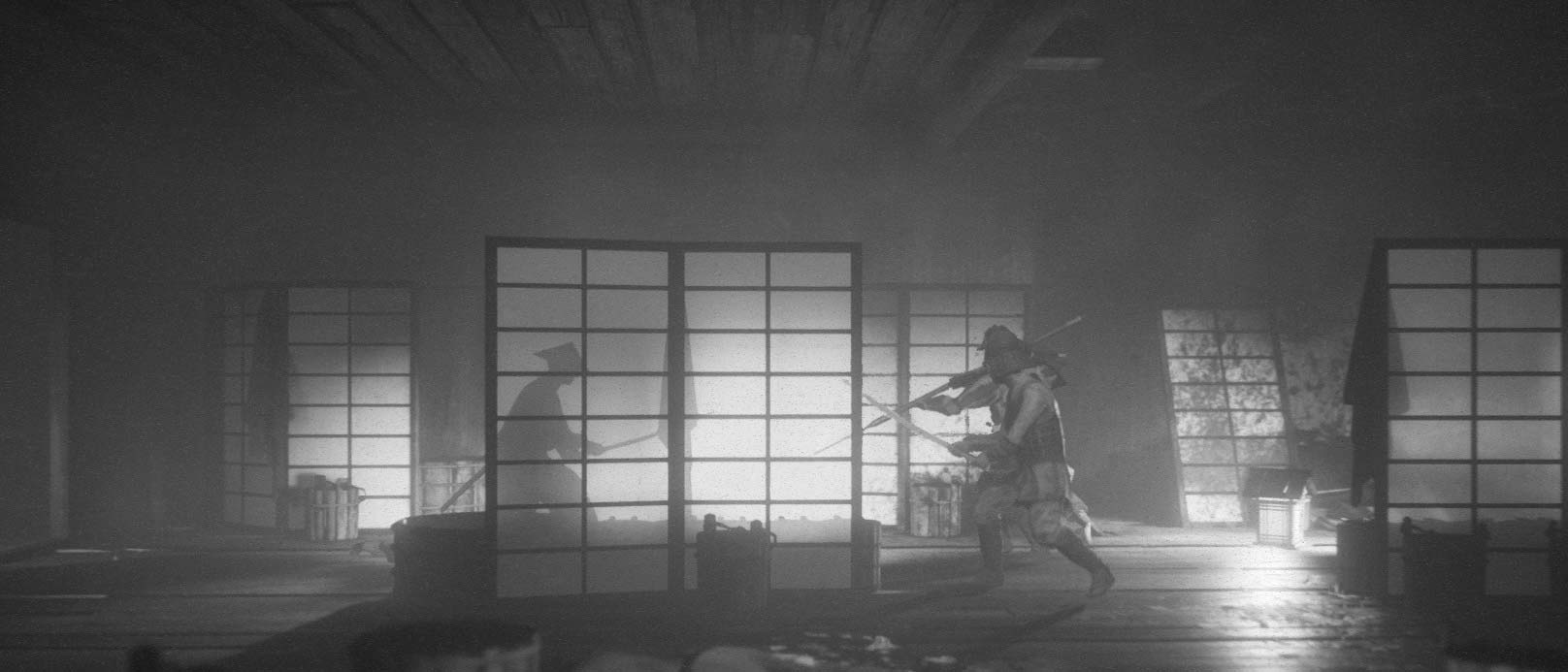Laptop Mag Verdict
Trek to Yomi takes many good gaming aspects, mixes them with classic cinema traits and creates something truly magical.
Pros
- +
Beautiful aesthetic
- +
Fluent and fun combat
- +
It’s about Samurais?
- +
Collectibles
- +
Engaging story
Cons
- -
It’s over too soon
Why you can trust Laptop Mag
Trek to Yomi is not a game that I would have looked twice at had I not received a review copy. But this is the perfect example of the old “don’t judge a book by its cover” adage, and I’m so glad I experienced this wonderful, cinematic homage to 19th century Japan.
From the way in which it presents itself, to the realism of slicing that Katana through your enemies, choreographic-like, Trek to Yomi has a lot to offer players. An experience like no other, this one will stick with me for a while to come.
If there was a best pick for the top indie games, Trek to Yomi would certainly be nearing the top of it, but we’ll settle for our best PC games and best PC Game Pass games pages.
Honor is everything
In Japanese culture, duty and honor comes before all, and these are the moral principles Trek to Yomi’s protagonist struggles with. We first see Hiroki as a young boy, training with his Sensei, Sanjuro. This is also our first opportunity to get a feel of the game's controls. After a very brief tutorial, there seems to be trouble in the village, leaving the Sensei to abandon Hiroki’s training for the day, something that is very unusual. Knowing that something is wrong, Hiroki sets off to explore the village to look for him, along with Sanjuro’s daughter — and his future lover — Aiko.
Very quickly we realize that not all is well in the village as Bandits have raided, killing and maiming anything and anyone in their way. Accompanying you are burning buildings and streets lined with bodies, both alive and dead. However, this does not deter Hiroki — not when the lives of people he cares about are at stake. Hiroki puts his training to the test and takes on the Bandits that ravaged the village, along with the people in it. Eventually Hiroki finds his Sensei, Sanjuro, but it is too late. The damage has been done. Hiroki swears to Sanjuro that he will protect his town and the people he loves against all threats.
Japan like you've never seen it before
My favorite part of Trek to Yomi was its presentation, paying homage to ‘50s and ‘60s classic Japanese cinema. Shades of black and white with a constant letterbox provide an atmosphere and tone that is simply unmatched, emanating an old-time cinema feel. Not to worry though, what it lacks in color, it makes up for in detail. Every character you meet, as well as the world that surrounds them, is striking. I often found myself questioning whether I was looking at the real thing or a video game. The detail in the cutscenes, especially of the characters' faces, is unparalleled, and I’m glad to say that transfers to gameplay, too.
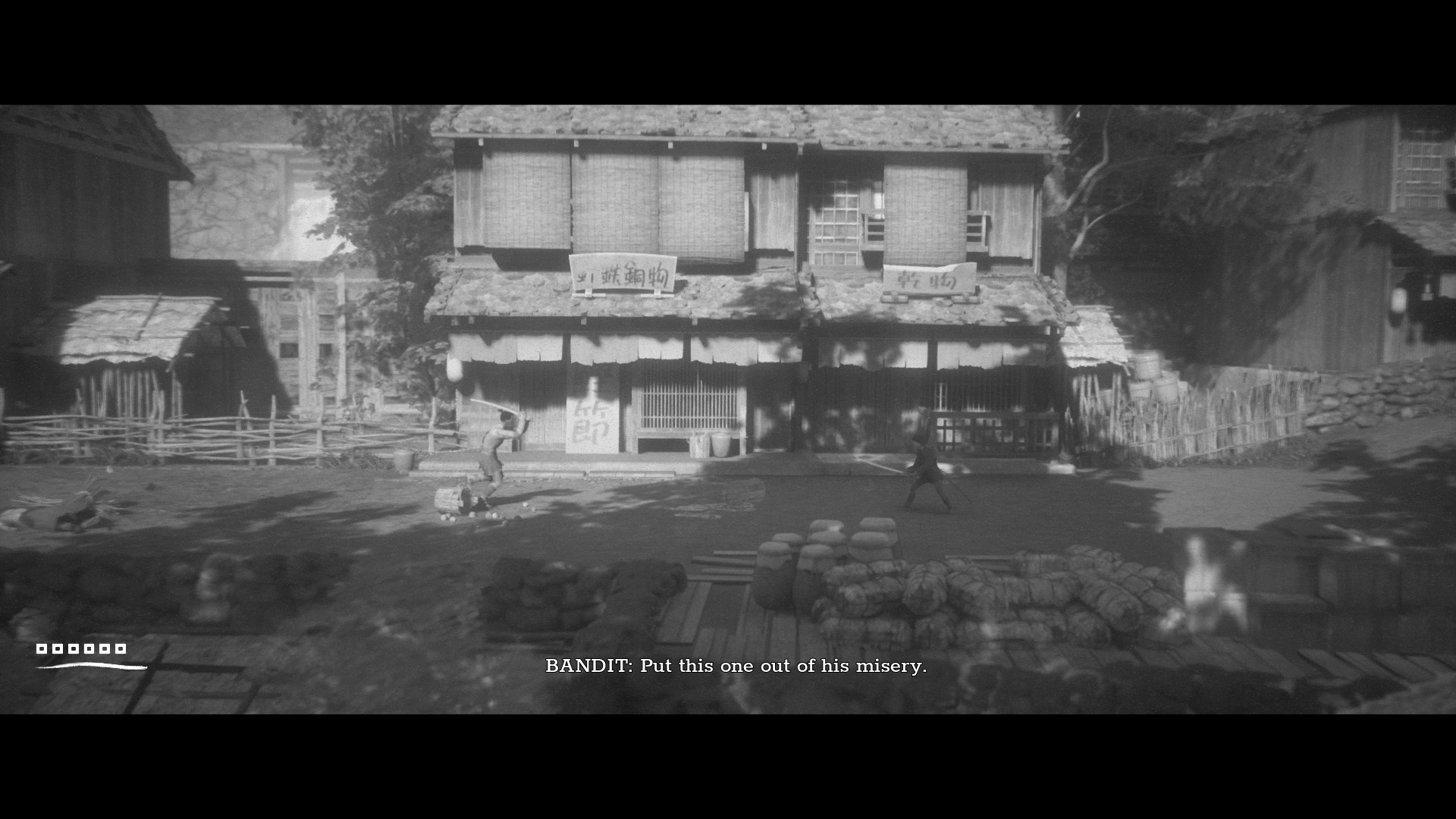
Everything you see in Trek to Yomi authentically depicts Japanese culture, religious beliefs, as well as the whole of 19th century Japan. The creators worked with native Japanese experts, as well as the Edo Dynasty Museum in Tokyo, so the details you see are historically accurate. From the way a Katana is supposed to hang on a wall to the way a kimono should be tied — it’s all as it should be. That just goes to show the dedication and love that has gone into creating this game.
As the aesthetic of the game is authentic, so are the collectibles you can find scattered across the world. Players can collect various artifacts, all of which relate to Japanese culture, along with an explanation as to what they mean or are used for. I found them to be incredibly interesting, making me want to find more of them. Each chapter of the game (of which there are 6) has its own set of intriguing, themed artifacts. For example, in chapter four, the artifacts that could be found were all pages with drawings of Japanese legends.
I can't believe it's not butter
I did not expect Trek to Yomi to have such a fast and fluent combat system, but it does, and it’s one of my favorite combat styles from a game ever. It’s so smooth, satisfying and surprisingly simple. As you begin your journey, Hiroki will know only a select few combos and moves with his katana, but as he evolves as a Samurai, he will learn more. As Hiroki grows and learns, so do you.
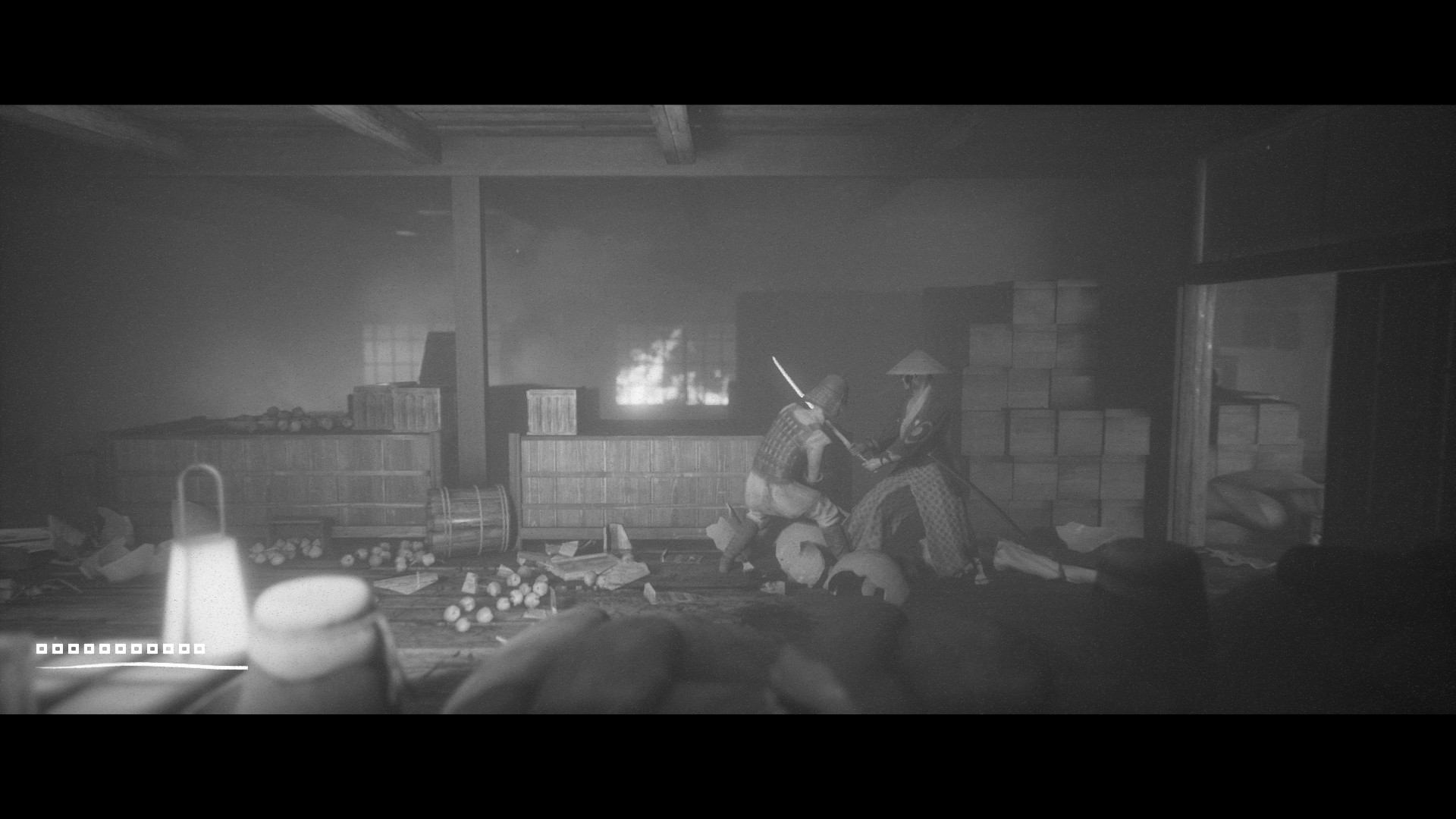
Simple button presses will see you slicing through your enemies like they bear no weight. You dance around them like the sword was built for you. Parry your enemy’s attack and switch places with them to slice their back, roll towards them and jab them with the end of your katana, or simply blow down on them with a fury of heavy slices — the choice is yours.
If you’re lucky, you will also stun certain enemies, allowing Hiroki to perform a finishing move, which, in return, will fully heal you. Super, super handy and it looks cool, too, albeit brutal.
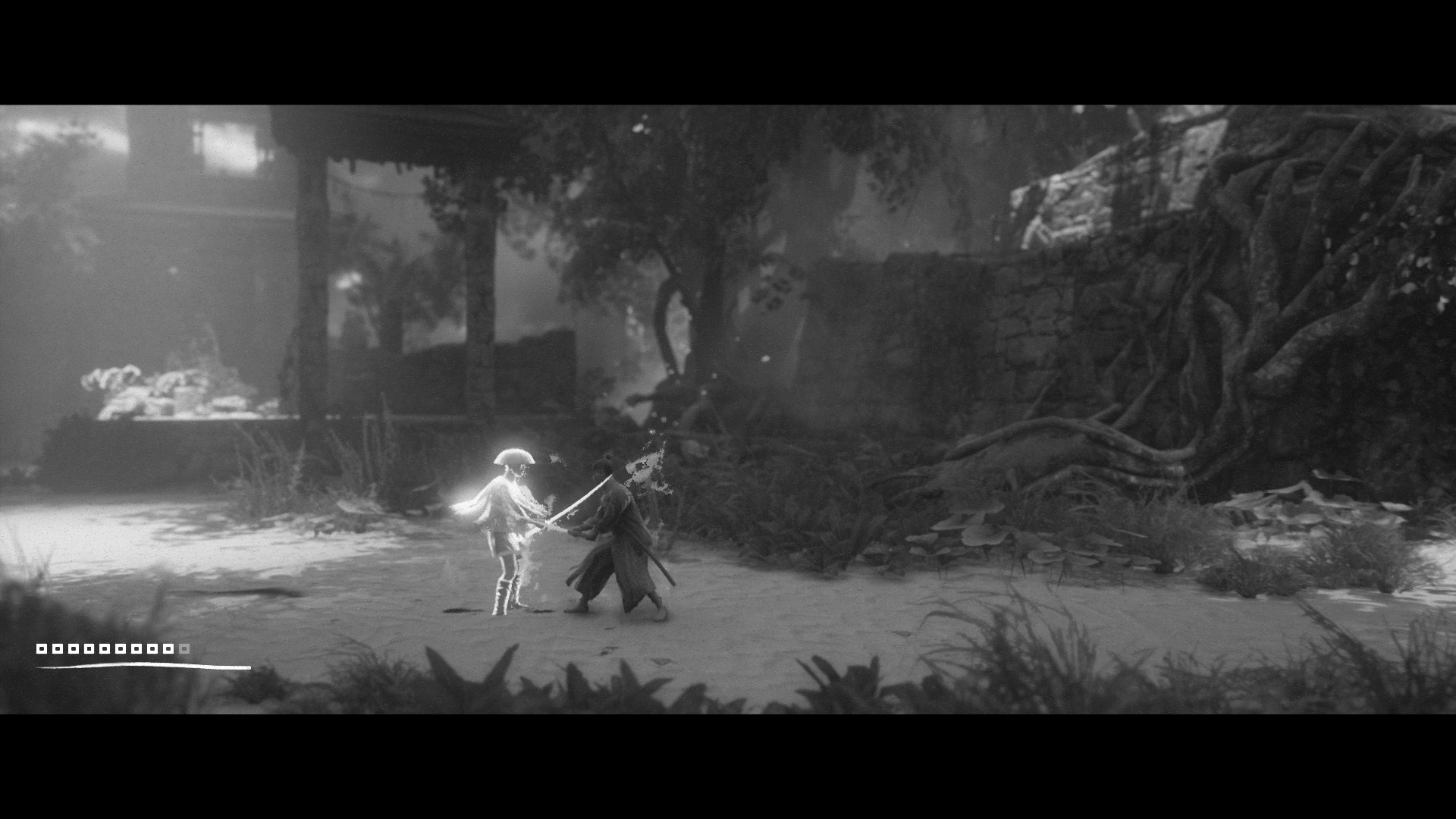
You do have a stamina bar in Trek to Yomi, which determines how many attacks you can employ without getting tired and needing to recover. This stops players from being able to mash the attack button to kill enemies, so you will need to plan your attacks before doing them. There’s nothing more dangerous than exhausting your stamina in a fight, as you cannot attack, parry nor block while you are recovering.
What I really enjoyed was that at no point in the game did I hit a wall of not being able to learn new moves or combos. You learn new attacks from the start of your journey to the end, which allows for a constant change of gameplay. I didn’t feel bored during combat — and you’ll be in plenty of fights.
You won’t just be using your trusty katana in combat, though. You will find and use three different ranged weapons at your disposal: Bo-Shuriken, a bow and an Ozutsu — a slow-firing gun. Although these items were nice to have, I didn’t really find myself using them all too often, except for boss fights. I often just found it faster and easier (and far more satisfying) to use my sword.
Exploring is key
Trek to Yomi features a linear path to explore, but there are forked roads you can explore, too. This is where you will find collectibles, ammo for your ranged weapons, as well as health and stamina upgrades. So, it is well worth exploring each area because you never know what you may find.
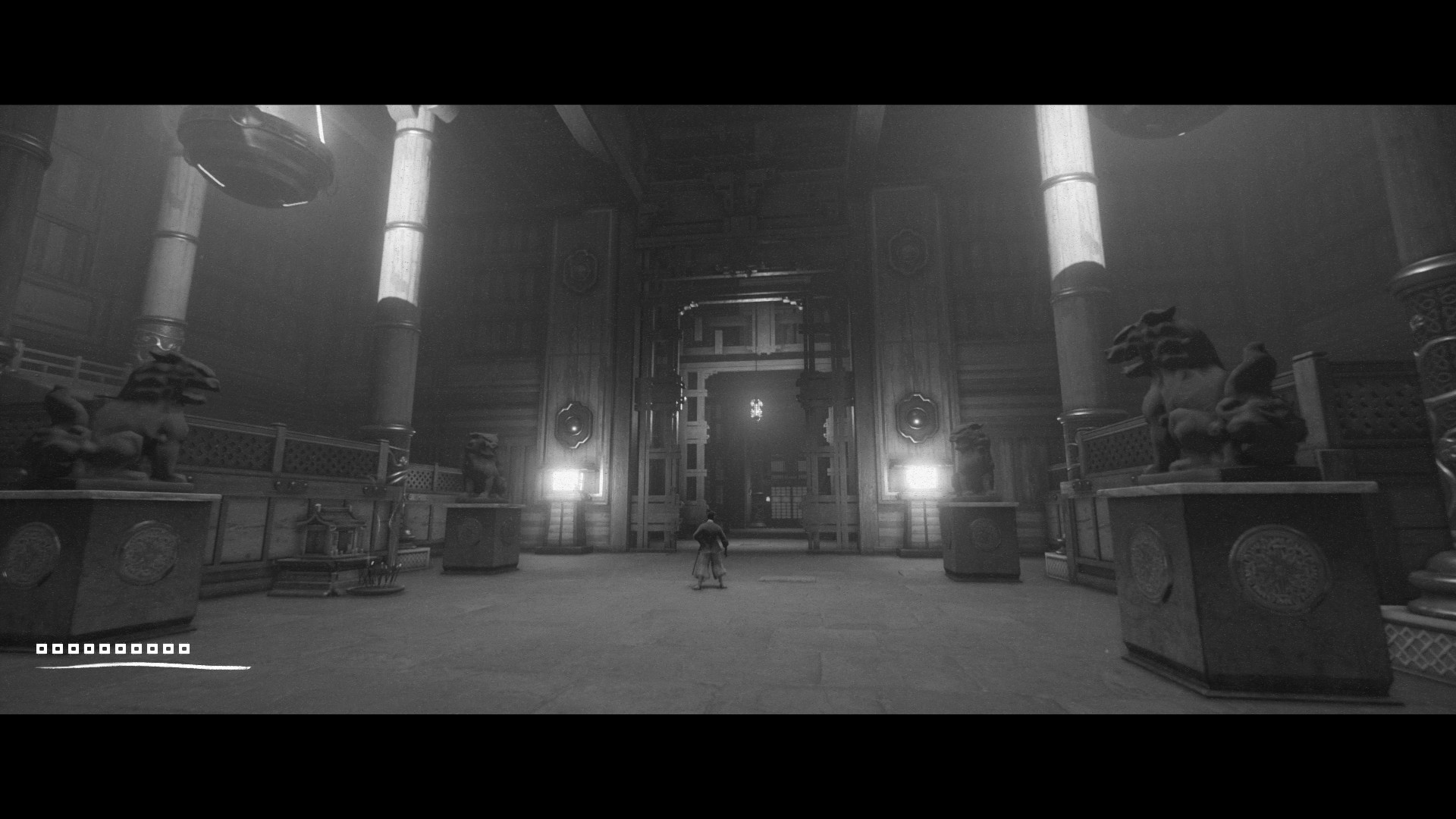
You’ll also find numerous shrines scattered along your journey. Stopping at these will not only allow you to save your progress, but they will also fully heal you, too. I found these to be plentiful, coming across them one after another — meaning I pretty much always had full health before a battle. That’s not to say I didn’t die, though (because I absolutely did). But the probability of death was diminished, and when I did die, I’d simply respawn where I last found a shrine (which will be nearby) and try again.
Towards the end of the game, Trek to Yomi will introduce a few puzzles to the game for you to solve in order to progress. Though they are incredibly simple, it was a nice break in gameplay and offered something else to do between battles. They allowed for some visually pleasing animations, too, with one puzzle leading to a broken statue being rebuilt in front of my very eyes and another causing a stone hand to open.
The end of the game also leads your character (meaning you) to make some tough decisions, altering slightly how the narrative will play out. This adds a little replayability to the game, but not enough to convince you to replay it completely as this only alters a slight part of the story.
Trek to Yomi's PC performance
I cannot say that I encountered any performance issues during my time with Trek to Yomi. I had it capped at a comfortable 60 frames per second throughout my entire playthrough, with it dropping ever-so-slightly every now and again. But nothing noticeable, and certainly nothing that would hinder my experience. If I changed the setting to unlimited, it would run anywhere between 100 and 160 frames per second.
Overall, Trek to Yomi is super smooth to run. Here are all the included graphics options you can play around with.
General
| General Quality | Low, Medium, High, Epic, Custom |
| V-Sync | On, Off |
| Max Frame Rate | 24 FPS, 30 FPS, 60 FPS, 90 FPS, 120 FPS, 144 FPS, Unlimited |
| Display Mode | Windowed, Borderless Window, Fullscreen |
| Resolution | 1024x768, 1280x720, 1280x1024, 1366x768, 1600x900, 1680x1050, 1920x1080 |
Advanced
| Grain Filter | On, Off |
| Bloom Filter | On, Off |
| Screen Space Ambient Occlusion | On, Off |
| Effects Quality | Low, Medium, High, Epic |
| Post Process Quality | Low, Medium, High, Epic |
| Resolution Scale | Half, Full |
| Textures Quality | Low, Medium, High, Epic |
| Shadows | Low, Medium, High, Epic |
| Anti-Aliasing | Disabled, Medium, High, Epic |
Trek to Yomi's PC requirements
I tested Trek to Yomi on the Asus ROG Strix gaming laptop with an AMD Ryzen 9 5900HX CPU with Radeon graphics, 16GB of RAM at 1920 x 1080 on Epic settings, and it ran comfortably, reaching an FPS of over 150.
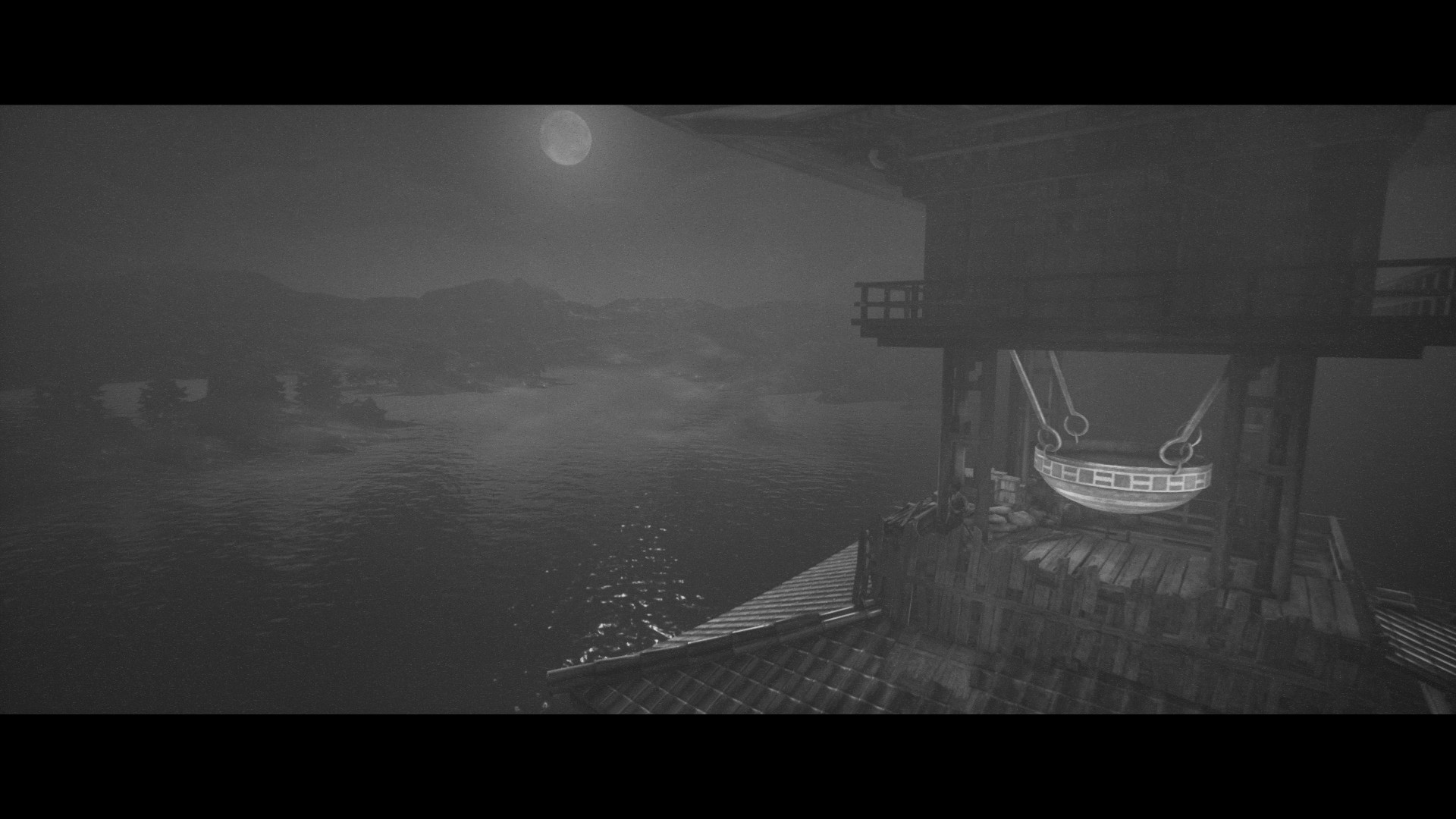
The minimum requirements for a system to run Trek to Yomi is an Intel Core i5-8250U CPU or an AMD Phenom II X4 965 processor, 8GB of RAM, a GeForce MX150 (2048 VRAM) GPU or Radeon R7 260X (2048 VRAM) graphics, and 11 GB of available space. The recommended requirements are an Intel Core i7-4770S or AMD FX-9590 CPU, 8GB of RAM, and a GeForce GTX 970 (4096 VRAM) or Radeon R9 390X (8192 VRAM) GPU.
Bottom line
Anyone who is a fan of Japanese culture of any kind will adore Trek to Yomi, but I urge anyone with a love of side-scrolling action games to play through this awe-inspiring tale. It’s a fairly short game, coming in at around 5 hours depending on your preferred difficulty. Its combat is fluent and exciting, the graphics are breath-taking, and the story is emotional. What more can I say?
Why haven’t you bought Trek to Yomi already? It’s even on Xbox Game Pass. Go!
